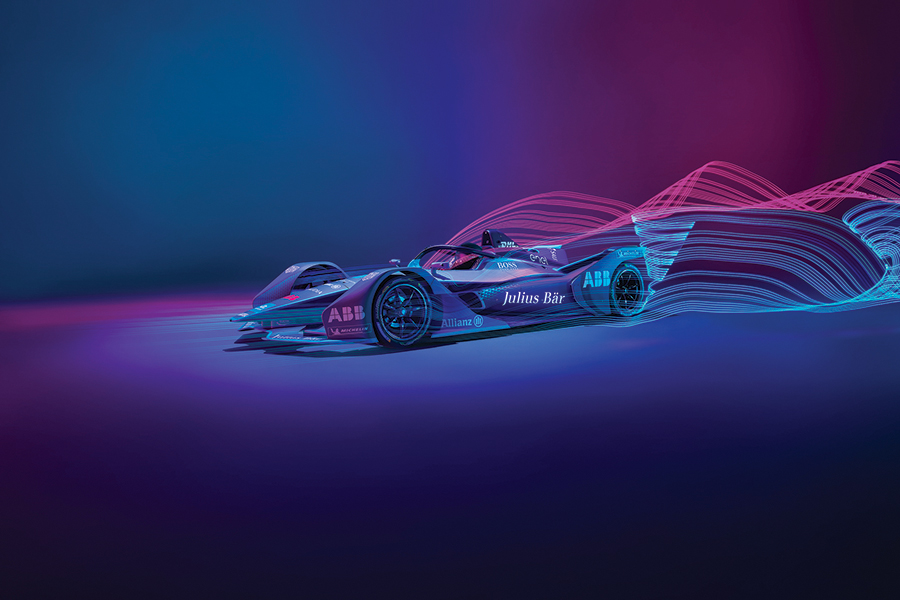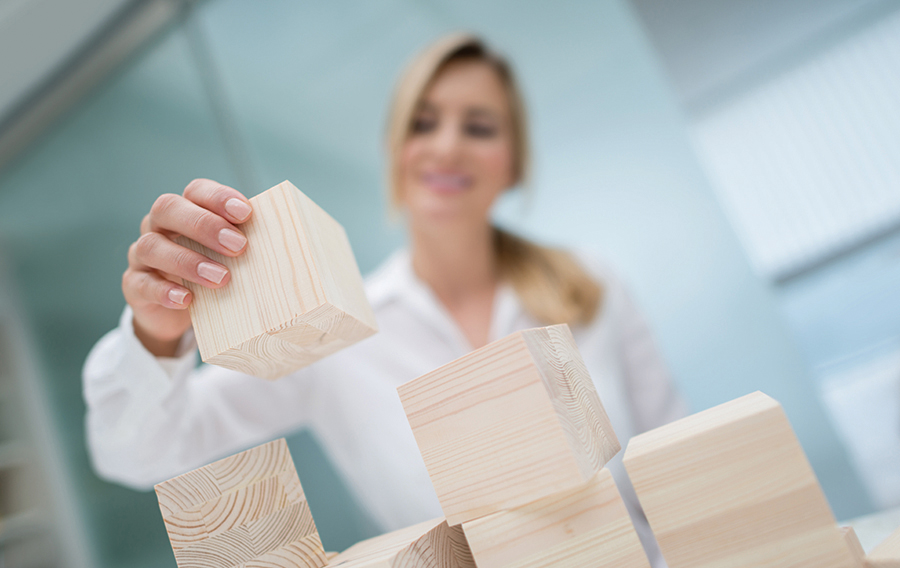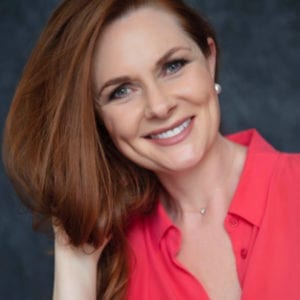Humanity has faced urgent threats in the past, but never one as all-encompassing and existential as the climate crisis. The conditions of Earth’s atmosphere today haven’t been seen for roughly 3 million years; humans have never lived on a planet like this. Changes are coming faster than most scientists have predicted — and society needs to change even faster to turn the tide. It’s a daunting task.
Faced with this seemingly impossible challenge, Project Drawdown set out to discover the world’s most viable solutions. Our team conducted a ground-breaking, global assessment of practices and technologies that are already in hand, or very nearly so. These 100 solutions range from buildings and cities to ecosystems and food, from electricity to materials to transport; they even include human rights. Some stop greenhouse gas emissions from going up, and others bring carbon back home through the power of photosynthesis. Both are critical.
In the Project Drawdown analysis, we see an incredible mosaic of solutions, with benefits that go beyond stemming emissions to improving health, creating jobs, and shoring up resilience. We also see roles for every individual and institution on the planet. Climate leadership comes in many forms: Households, cities, companies, social movements and national governments. We need many more pioneers stepping up to lead. It’s a magnificent thing to be alive in a moment that matters as much as this one. Here are 10 solutions that can help us rise to meet the challenge.
1. Reducing Food Waste
A third of the food we produce does not make it from farm to fork. That uneaten food squanders a whole host of resources — seeds, water, energy, land, fertilizer, hours of labor and financial capital. It also generates greenhouse gases at every stage — including methane when organic matter lands in the rubbish bin. The food we waste is responsible for roughly 8 percent of global emissions.
In higher-income regions, food is largely wasted by choice. Retailers and consumers reject food based on bumps, bruises, and coloring, or simply order, buy, and serve too much. In places where income is lower and infrastructure is weak, food loss is typically unintended — resulting, for example, from poor storage facilities. Across the board, reducing food waste and loss can improve food security and relieve hunger. Check out: www.ApeelSciences.com

2. A Plant-Rich Diet
If cattle were their own nation, they would be the world’s third-largest producer of heat-trapping emissions. Why? Because cows belch the potent greenhouse gas methane as they digest their food, and because clearing land for grazing or growing feed is a leading cause of deforestation. Shifting to a diet rich in plants is a powerful climate solution, and one we can act on immediately. It could reduce the emissions created from raising livestock — currently 15 percent or more globally.
What’s good for the planet is also good for us. Beyond climate impacts, plant-rich diets also tend to be healthier, leading to lower rates of chronic disease. According to a study from Oxford, business-as-usual food emissions could be reduced by as much as 70 percent through adopting a vegan diet and 63 percent for a vegetarian diet, which includes cheese, milk, and eggs. $1 trillion in annual health-care costs and lost productivity could be saved. Check out: www.wri.org

3. Rooftop Solar
The first rooftop solar array appeared in 1884 in New York City. At that time, solar panels were made of selenium. They worked, but were inefficient. Today, photovoltaic (PV) panels use thin wafers of silicon crystal. As photons strike them, they knock electrons loose and produce an electrical circuit. These subatomic particles are the only moving parts in a solar panel, which requires no fuel and produces clean electricity. Rooftop solar is spreading as the cost of panels falls, driven by incentives to accelerate growth, economies of scale in manufacturing, and advances in PV technology. Rooftop panels can put electricity generation in the hands of households, communities, and businesses, not just big utilities. They can also leapfrog the need for large-scale, centralized power grids, and accelerate access to affordable, renewable electricity — a powerful means of addressing poverty. Check out: www.SolarSister.org

4. Smart Highways
Look at the average highway and “smart” is probably not the word that comes to mind. Asphalt, traffic, pollution, accidents — highways seem to be the epitome of unsustainable. But efforts are underway to change that, leveraging imagination, technology, and design to reduce emissions and improve safety. Highways have seen very little innovation since their inception. As vehicles go electric and autonomous, can highways evolve and become smart, too?
Early answers are emerging on 18 miles of highway southwest of Atlanta, Georgia. A nonprofit, called The Ray, aims to morph this stretch of road into a positive social and environmental force — the world’s first sustainable highway. Electric vehicles can “fuel up” for free at a solar charging station. Lights are powered by a patch of road comprised of PV panels. The Ray is even growing perennial wheat, called Kernza, on the road’s right-of-way, producing food while sequestering carbon. Smart highways are nascent, but look poised to pave the way forward. Check out: www.WattWayByColas.com

5. Electric Vehicles
There are more than 1 billion cars on the road today, a major source of emissions. Shifting cars from “gas to grid” — that is, to electricity as their fuel — can make mobility dramatically more sustainable and reduce harmful air pollution. Of course, where that electricity comes from matters. All electric vehicles (EVs) have an emissions advantage, but those powered by renewables are the real solution, with 95 percent lower emissions than standard cars. Luckily, that is where electricity generation is headed.
While EVs are currently more expensive to purchase, they are cheaper to drive. Their cost will continue to drop in the coming years, as technology improves and production scales. With both charging infrastructure and battery range expanding, EV appeal continues to grow. But cars are not the only electric means of transportation. E-bikes are actually the fastest growing alternative to fuel vehicles in the world. Check out: www.NewFlyer.com

6. Walkable Cities
Walkable cities prioritize two feet over four wheels through careful planning and design. They minimize the need to use a car and make the choice to forego driving desirable, which can reduce greenhouse gas emissions. According to the Urban Land Institute, in more compact places ideal for walking, people drive 20 to 40 percent less. Walkable cities can be created from scratch or retrofitted from sprawl, reintegrating spaces for home, work, and play.
Walkable trips are not simply those with a manageable distance from point A to point B — perhaps a ten- to fifteen-minute journey on foot. They have “walk appeal,” thanks to a density of fellow pedestrians, a mix of land and real estate uses, and key elements, such as safe crossings and wide, shaded, well-lit sidewalks. All the better if spaces are beautiful. Walkability can improve health, stimulate the local economy, and make urban spaces more usable for all. Check out: www.cnu.org

7. Plant More Bamboo
Humans have found more than 1,000 uses for bamboo, including food, paper, furniture, bicycles, boats, baskets, fabric, charcoal, biofuels, animal feed, and almost every aspect of buildings from frame to floor to shingles. Addressing global warming is another way we can put it to use. Through photosynthesis, bamboo rapidly sequesters carbon, taking it out of the air faster than almost any other plant.
Just a grass, bamboo has the compressive strength of concrete and the tensile strength of steel — which means it can be used in place of those high-emissions materials. It reaches its full height in one growing season, at which time it can be harvested for pulp or allowed to grow to maturity over four to eight years. After being cut, bamboo re-sprouts and grows again. What’s more, it can thrive on inhospitable degraded lands, restoring soil and storing carbon. Check out: www.DesignBoom.com

8. Educating Girls
Securing the rights of women and girls can have a positive impact on the atmosphere, comparable to wind turbines, solar panels, or forests. How so? When girls and women have access to high-quality education, as well as reproductive health care, they have more agency and can make different choices for their lives. Those choices often include marrying later and having fewer children.
The decisions individuals make add up. Across the world and over time, they influence how many human beings live on this planet and eat, move, build, produce, consume, and waste — all of which generates emissions. To be sure, those emissions are not generated equally. The affluent produce far more than the poor, and bear greatest responsibility for action. A fundamental right for all, education also shores up resilience and equips girls and women to navigate a climate-changing world. Check out: www.RoomToRead.org

9. Household Recycling
The old adage, “reduce, reuse, recycle,” still holds true. Consumption and waste at the individual level contribute to climate change. The best thing to do is stem them upstream — forgoing a purchase or repairing an item. At the very least, the value locked up in “trash” can be reclaimed. Recycling is one means to do that.
In high-income countries, paper, plastic, glass, and metal comprise more than 50 percent of the household waste stream — all prime candidates for recycling. Recycling can reduce emissions because producing new products from recovered materials often saves energy. Forging recycled aluminum products, for example, uses 95 percent less energy than creating them from virgin materials. Pair recycling with composting, and what households send to the landfill can shrink considerably. Check out: www.RecycleAcrossAmerica.org

10. Build With Wood
With the Industrial Revolution, steel and concrete became the main materials for commercial construction. Wood use declined, relegated to single-family homes and low-rise structures. But that is beginning to change with high-performance “mass timber” technologies, namely glued laminated timber (glulam) and cross-laminated timber (CLT). In cities around the world, they are being used to construct tall buildings that are strong, fire safe, quick to put up, and aesthetically appealing.
Building with wood has a double climate benefit. First, as trees grow, they absorb and sequester carbon. Dry wood is 50 percent carbon, so a building can become a longstanding carbon sink. Second, the process of producing glulam or CLT generates fewer greenhouse gases than manufacturing cement or steel, each roughly 5 percent of global emissions. To be a true climate solution, wood must be sourced through sustainable forestry, and the less transport the better. Check out: www.metsawood.com




































